My yoga instructor will confirm that I have always had a love/hate relationship with yoga. Although I have been a student for 20 plus years, I pretty much dread the thought of going to class. I am not naturally bendy, though one of the main reasons I do go is because I am now more flexible than I was at school, and that is without doubt totally due to this practise. So, I attend under duress but am always happy after it’s over!
There is, however, one exception and it’s a pretty surprising one. I love Yin Yoga. For those of you who think yoga consists only of downward dogs and heavy breathing, let me enlighten you.
Yin Yoga is slow-paced style of yoga, incorporating principles of traditional Chinese medicine with asanas that are held for longer periods of time than in other yoga styles. It’s usually floor based and the poses (asanas) are held for a number of minutes - usually between 3 and 7. The idea is to promote stillness during this time, so there is a need to relax and melt into the posture. If it’s too difficult, props are provided to reduce effort and make it easier to stay the course. The aim is to loosen the fascia inside our bodies so that we become more flexible. To the uninitiated, fascia is a thin casing of connective tissue that surrounds and holds every organ, blood vessel, bone, nerve fibre and muscle in place. This tissue does more than provide internal structure; fascia has nerves that make it almost as sensitive as skin. When stressed, it tightens up and of course, that is not what we want moving forward.
For someone like me, who is always on the go, Yin seems an unlikely choice but I truly love it and find that I can easily relax once I’m fully in the pose. The proof of the pudding, as we say, is that the hour goes so quickly and I feel totally rejuvenated afterwards.
The Yin Yoga I practise is based on the Five Elements. A TCM (Traditional Chinese Medicine) acupuncturist uses needles on strategic Meridian points to unblock energy stuck within the body. Meridians are strings connecting acupuncture points, which are considered as passageways through which energy flows throughout the body. Yin Yoga uses the asanas to do the same, as each element is associated with specific meridians related to human organs within the body.
Here in the UK it is now Autumn. The clocks went back one hour at the weekend and the skies are often a mix of beautiful pastel blues and pinks before it becomes totally dark.
The element associated with this time of year is Metal. The element of release. It’s no coincidence that trees shed their leaves at this time of year. It is also the element that loves to organise, refine, upscale, find beauty. It rounds off the year before the hibernatory winter period begins. It is a time to let go of what no longer serves us, clear out the clutter, make space for the new and concentrate on quality, rather than quantity. It is the finishing point, taking stock of what has happened and what we choose to do about it.
The Metal element is associated with the lungs and the emotion of grief. During the yin class, the teacher mentioned how normal it is for students to ‘let go’ via their tears either during, or maybe a few days after, the class. When we let go we can often find our personal treasure, maybe something that has been buried for a long time. That is why I personally love this time of year.
It may or may not surprise you to know that what we wear can also help us find our ‘hidden’ treasure. The Metal element is associated with different hues, patterns. silhouettes, textures and fabrics. You only need to choose one and add it to your everyday outfit.
Select from any pastel colour, white or metallics. A rounded or curvilinear shape - this can include jewellery, a neckline, the curve on a jacket hem/pocket flap, sleeve and those found in fabrics such as brocade or lace, cinched waists and bows. You could also opt for a polka dot pattern. Polished or shimmering textures fit into his category along with any other luxurious fabrics/knits such as cashmere. Any expensive accessories including jewellery, bags, shoes etc. are also fine. We are honing in on anything that appears elegant, refined, luxurious or expensive, the qualities our buried ‘treasure’ might also hold.
Here’s the Thing: There is a saying "Where your thoughts go, your life follows". This idea suggests that our thoughts have a powerful influence on our lives and can shape our reality. By adding this one small thoughtful detail to your clothing, you become mindful of your intention on a daily basis. I think finding your treasure is probably worth the effort - don’t you? And who knows what you will discover as a result. Happy hunting.

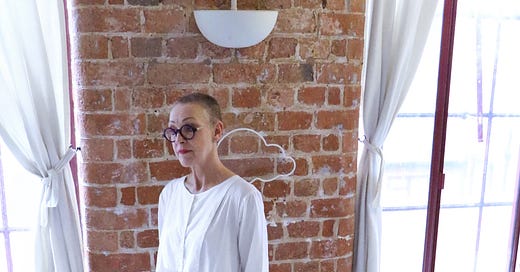





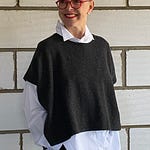
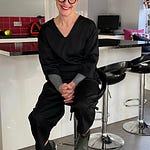
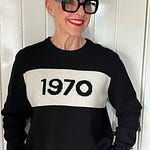
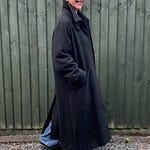


Share this post